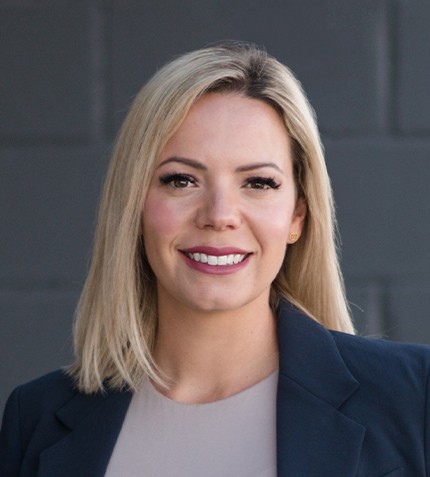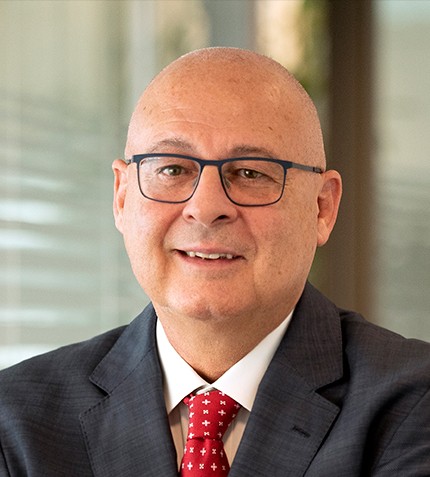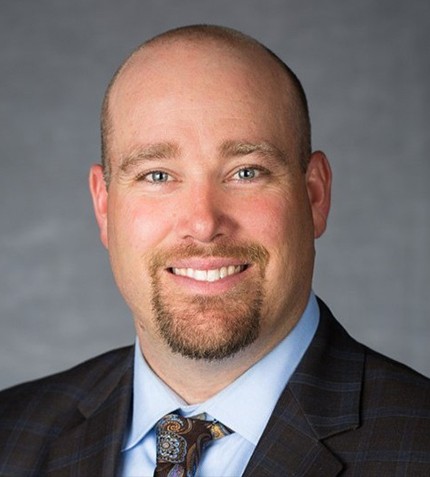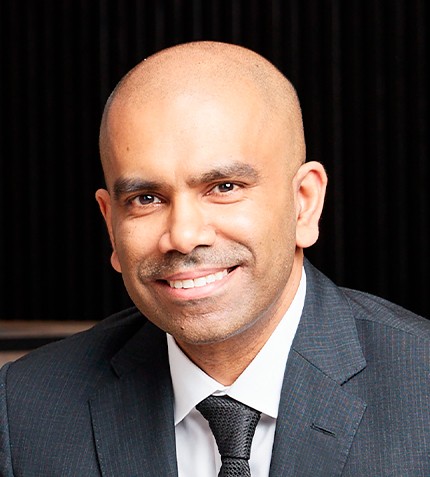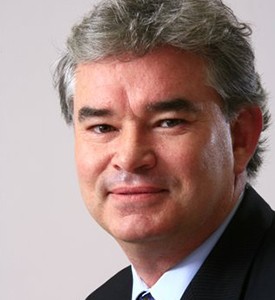
“Unless we can source the plant earlier and shorten the timeline on other aspects of the project, production will commence in 2021. We expect construction to begin mid-2020, following licensing and permitting approvals, as well as detailed engineering and procuring preparations.”
Nigel Ferguson
MANAGING DIRECTOR, AVZ MINERALS LIMITED
The Manono project became the world’s largest non-brine lithium resource after you released the maiden estimate last year. Can you provide an update on where you are with the feasibility study?
We have started the preliminary meetings and site works required for the feasibility study, and we have engaged a mining engineer to complete a two-stage gap assessment plus scope of works, so we are making good progress. However, we have re-thought the timeline. Previously, the scheduling was geared towards securing funding from the Chinese, who prefer an 18-month lead time to production. At the moment, we expect the feasibility study to be completed by Q2 2020. We have experienced slight delays, but that is to be expected with a project of this size and what we are aiming to achieve.
The scoping study included a review of transshipment of the concentrate from Manono to Dar es Salaam, and this aspect alone represents 62% of operating costs. Can you elaborate on why the costs are so high?
If we were right next to Dar es Salaam port, we would likely be the lowest-cost producer of lithium concentrate in the world by a margin of at least 50%. Since we are much further inland than anyone else, we have to transport the product a considerable distance, resulting in this significant 62% of our operating costs. Currently, we are trucking because the railway infrastructure is so poor, and trucks are at least reliable. We will be investing a considerable amount in road and railway rehabilitation, handling warehouses and things of that nature to reduce these transshipment costs.
AVZ is investing a considerable amount into the country. What has been the reception of these initiatives by the relevant stakeholders?
We have had some productive conversations with government officials and others invested in the country’s infrastructure. We are also hearing from the international community in terms of possibly committing funds for infrastructure development within the Tanganyika province. This would be a win-win situation for all parties involved, and it would allow us to expedite our project timeline.
Your model is to use the cash flow from the initial gains to put towards an expansion. Is a self-funded hydroxide plant still part of the strategy?
While self-funded to a certain degree, as a hydroxide plant comes at a significant cost, the idea is to build a two-million t/a plant. We expect this to produce 440,000 mt of concentrate, which we will then ship by road or rail, or a combination of the two. We will use the free cash flow from this to repay any debt associated with initial costs first, and then by the second or third year into production, we will begin to accumulate the war chest and possibly expand to a five million t/a operation. The option of a 10 million t/a processing plant has at this stage been rejected because we do not believe the market would be able to support it. When the time comes to expand production, we hope to self-fund a substantial proportion of the costs.
You have mentioned the possibility of an offtake somewhere down the road; is this still on the table?
Offtakes are always an option and remains a continual internal discussion. As we refine our numbers and find solutions for transport and processing, making apparent our potential, we expect to see more interest. In exploring opportunities, we do not want to put all of our eggs in one basket. We are hesitant to work with second-tier companies, and instead we would prefer to find two or three major players. We have expanded the search and even hired a contract offtake specialist who is assisting us with contacts in Southeast Asia, Japan and Korea.
With a somewhat volatile situation both politically and with regards to the regulatory regime in the DRC, how do you perceive investor interest?
I do not think there is much concern from investors as they are focusing on the high quality of the project, and the government is acting sensibly. Historically, while the region has not been greatly developed, it held at one point the third-largest city in the country and was relatively well off under Joseph Kabila. The new governor of Tanganyika province considers the region as a traditional homeland area, so he is invested in seeing the project completed and the region reinvigorated. This far, our relationship with current government officials has been positive and promising. We continue to build the team, in part by bringing in regional experience, which also serves to bolster relationships with local communities.
Do you have a timeline for production?
Unless we can source the plant earlier and shorten the timeline on other aspects of the project, production will commence in 2021. We expect construction to begin mid-2020, following licensing and permitting approvals, as well as detailed engineering and procuring preparations. The construction phase itself should only last approximately 12 months, as it is not a complex plant. It will simply be a crush and grind, a DMS circuit, and then potentially a flotation circuit at the backend. The flotation is probably the most complex of it, and we are investigating not even using one, which would still leave us with 6.3% or 6.4% concentrate.




